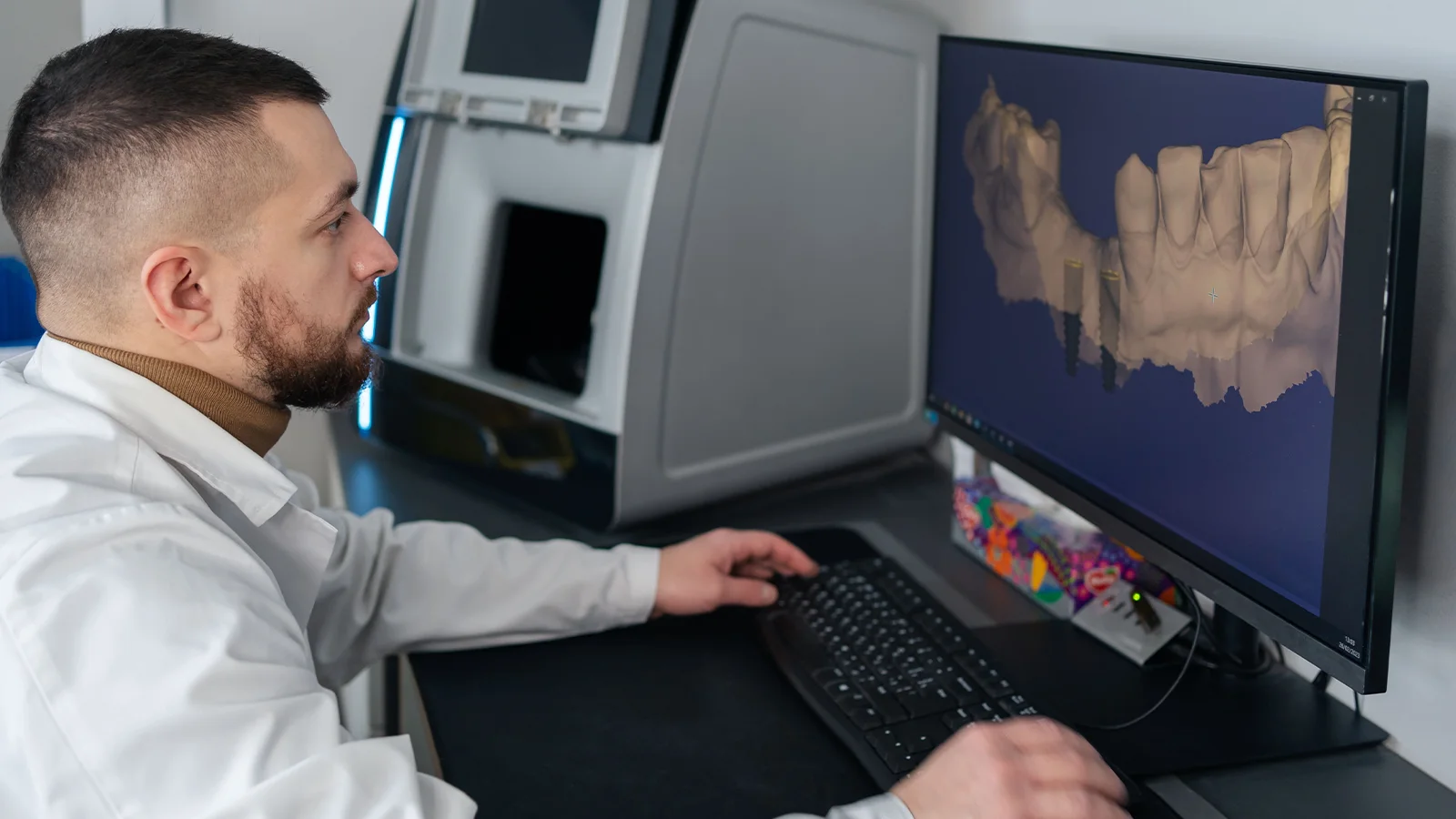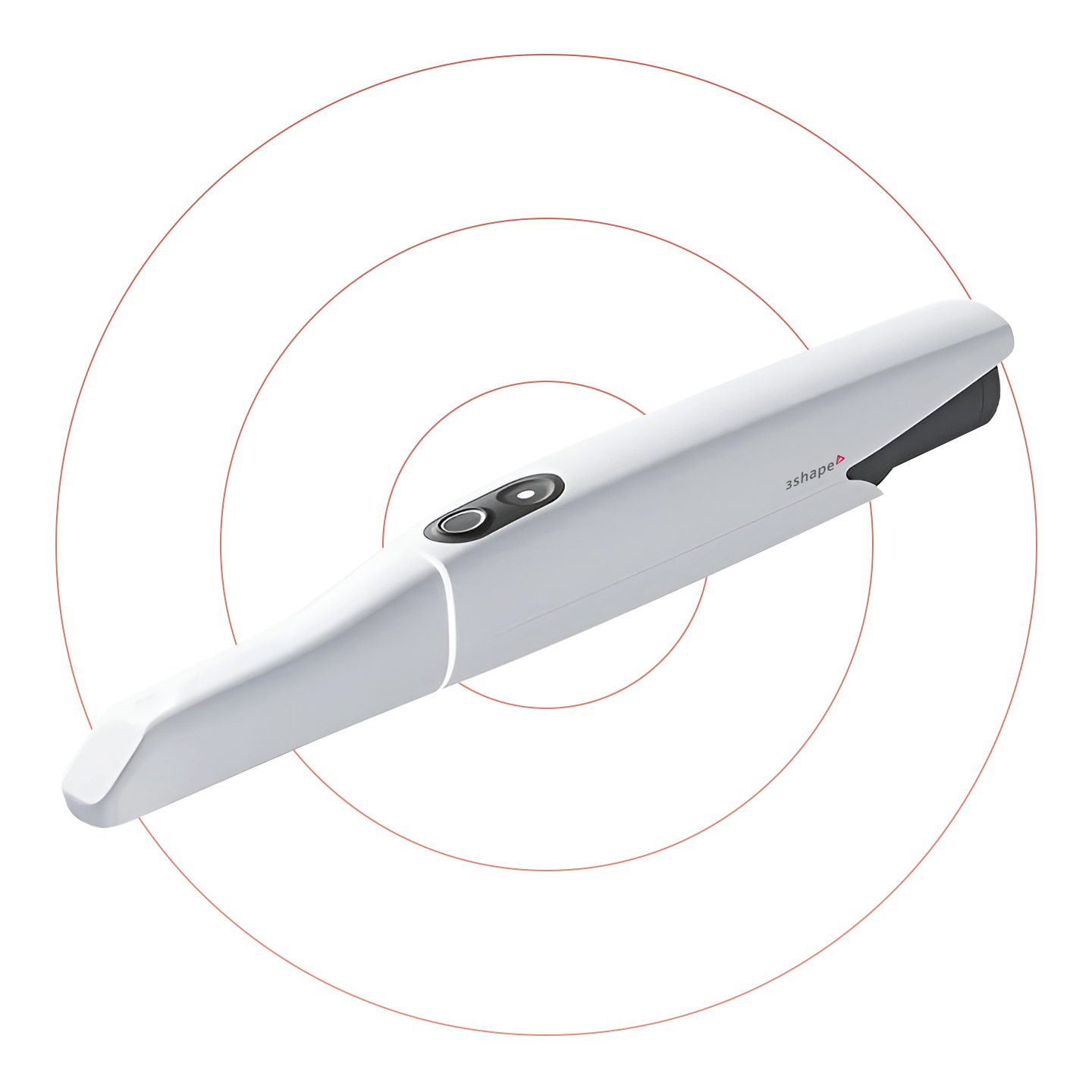Essential Dental Implant Tools and Technologies for Modern Practices
Dental implant procedures have revolutionized the field of dentistry, offering a permanent solution for tooth loss that enhances both oral functionality and aesthetics. For dental professionals, success in implant procedures hinges on combining expertise with the right mix of tools and technologies. From surgical guides to advanced imaging systems, ensuring precision at every step can significantly improve patient outcomes and operational efficiency.
This blog explores the essential tools for dental implant procedures and explains how they contribute to predictable results and practice growth.
The Basics of Dental Implant Procedures
Dental implants provide a durable foundation for prosthetic teeth, promoting long-term oral health. However, the process requires meticulous planning, precise execution, and thorough patient education for successful outcomes. The use of specialized tools significantly enhances each stage of the procedure, ultimately leading to better patient satisfaction and fewer complications.
Why Investing in the Right Tools Matters
Dental implant success depends on precision at every step—from diagnosis to implant placement. Essential tools and technologies allow dental professionals to:
- Increase Accuracy: Advanced imaging systems and surgical guides ensure precise placement, reducing implant failures.
- Improve Efficiency: High-quality tools streamline the workflow, saving chairside time and enhancing patient throughput.
- Enhance Patient Outcomes: Reliable instruments reduce surgical trauma, expedite healing, and enhance the overall patient experience.
With this in mind, here are the top tools every dental clinic should consider for implant procedures.
Key Dental Implant Tools and Technologies
1. Surgical Guides
Surgical guides are an integral part of implantology, acting as a roadmap for the placement of dental implants. These guides are often created using digital treatment planning software and 3D printing, ensuring custom-fit precision.
Benefits of Surgical Guides:
- Improved Accuracy: Guides eliminate guesswork by aligning the drill trajectory perfectly with the implant site.
- Optimized Use of Bone: They assist in finding the most favorable bone structure, which is crucial for successful osseointegration.
- Minimized Risk of Error: By adhering to the surgical guide, dentists can avoid damaging neighboring structures like nerves or sinuses.
2. Dental Implant Drill Kits
Implant drill kits are tailored to the specific implant system used by the practice. They consist of a range of drills and drivers designed to create precise osteotomies for implant placement.
Features to Consider:
- Depth Control: Adjustable drill stoppers ensure accurate osteotomy depths, preventing over- or under-preparation of the site.
- High Durability: Surgical kits made with high-grade materials can withstand repeated sterilization and prolonged use.
- System Compatibility: Ensure the kit aligns with the implant systems employed in your practice.
Investing in high-quality kits ensures precision and makes the entire procedure seamless, especially for multi-stage cases.
3. Advanced Imaging Technologies
Accurate diagnosis and planning hinge on advanced imaging systems, such as CBCT (Cone-Beam Computed Tomography). These technologies provide detailed 3D imaging of the jawbone, teeth, and surrounding structures.
Advantages of Advanced Imaging:
- Detailed Assessments: CBCT imaging offers a comprehensive view of the patient’s oral anatomy, enabling personalized treatment plans.
- Predictable Results: Real-time images allow dentists to anticipate the placement angle, depth, and positional challenges.
- Minimized Risks: By identifying anatomical risks, such as proximity to nerves or sinuses, imaging reduces the likelihood of complications.
4. Surgical Handpiece and Motor
A surgical handpiece and motor are essential during implant placement. These instruments work together to ensure controlled drilling and implant insertion.
Why This Tool is Crucial:
- Precise Control: Adjustable torque and speed settings allow for customization based on bone density and implant type.
- Longevity: High-quality handpieces resist wear and maintain consistent performance.
- Sterilization Compatibility: Ensure the motor system is compatible with autoclaves for seamless infection control.
5. Bone Expanders
Bone expanders, also known as osteotomes, are essential for patients with narrow ridges that require bone modification before implant placement. They are a non-traumatic alternative to traditional drills.
Key Benefits:
- Improved Bone Density: Expanders compress the bone during preparation, promoting better implant stability.
- Preservation of Bone Structure: Unlike bone grafting, expanders avoid sacrificing existing bone volume.
- Cost Efficiency: The use of expanders may reduce the need for secondary surgeries like bone grafting.
6. Soft Tissue Punch
A soft tissue punch is used in flapless surgery to remove tissue at the implant site. This instrument is particularly useful for minimally invasive procedures.
Advantages:
- Less Tissue Manipulation: Ideal for reducing postoperative pain, swelling, and healing time.
- Time-Saving: Eliminates the need for incision closure, allowing for quicker procedures.
7. Sterile Surgical Environment
While tools are crucial for successful implant procedures, maintaining a sterile surgical environment is just as important. From sterile gauze to disposable syringes and surgical cassettes, every item in your operatory setup contributes to a safe procedure.
Essentials for a Sterile Setup:
- Sterile water and saline solutions
- High-quality sutures and surgical blades
- Proper disposal systems for biohazard waste
Enhancing Patient Communication and Education
Effective communication with patients is another vital component of successful implant procedures. Advanced tools like surgical guides and imaging systems can double as educational aids during consultations. Showing patients 3D visualizations of their treatment plan not only improves understanding but also boosts their trust in your expertise.
Highlighting the benefits of tools and technologies, such as reduced healing time, enhanced aesthetics, and better durability, may also increase treatment acceptance.
Final Thoughts
The right tools and technologies can transform your dental implant procedures, ensuring precision, efficiency, and excellent patient outcomes. Whether it’s leveraging the accuracy of a surgical guide, improving diagnostics with advanced imaging, or simplifying workflow with digital software, these advancements are reshaping how dental professionals approach implantology.
By investing in high-quality dental implant tools and maintaining a commitment to continued education, you can set your practice apart as a leader in advanced dental procedures. Start building a comprehensive toolkit today to deliver confident, predictable care that transforms smiles and lives.
Optimize your practice, empower your team, and elevate patient care with cutting-edge dental implant tools. Now’s the time to implement the best of modern dentistry in your office!


